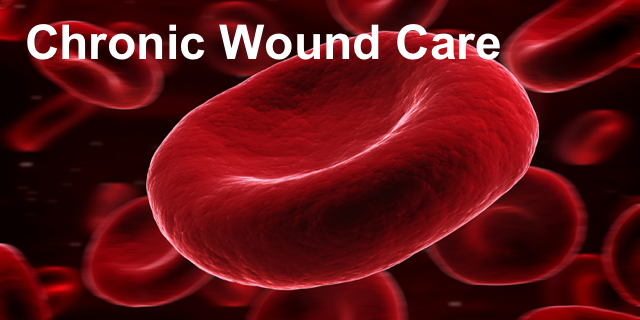My mother was an ob-gyn who, after spending many year raising her daughters, returned to medicine in the capacity of a quality assurance medical director at a local hospital. In that work, one of her main concerns was reducing the number of patients that developed decubiti, or bedsores. Bedsores occur when a patient cannot move themselves and lay on the same spot for many hours.
One of nursings activities is making sure that patients are repositioned at regular intervals. Bedsores are caused by constant pressure on the skin. Layers of skin deteriorate, then as they progress decubitus ulcers can break down fat layers, muscles layers and can reach bone. If they do not heal, they can result in amputations of extremities or can even cause death.
My mother’s work reduced the number of decubitus ulcers in that hospital. She worked with a wound nurse who had found a product that could act as a second skin and that was used while my mother was at that hospital. Yet the hospital administration would not recognize this vital effort or pay for the treatment.
Sadly, when my mother had breast cancer, she developed a horrible bedsore in that very hospital. My sisters and I contacted the wound nurse (who had been let go by the hospital) and obtained the treatment. Thankfully we were able to repair her skin and she didn’t have to suffer as so many patients did.
Now, inventors as North Carolina State University have built a new wound care technology for chronic wounds, like bedsores and diabetic ulcers. Wounds heal in stages, from clotting to inflammation to tissue regrowth. Unfortunately, many chronic wounds stay in the inflammation stage and do not move on to tissue regrowth. As Ashley Brown, one of the co-creators explained, a reason for this is a lack of fibrin. Fibrin is a protein that is essential for clotting but it also provides the framework for the cells that migrate in to create new tissue.
This is where the new technology comes in. The team created preformed fibrin nanoparticles that can act as a mesh like scaffold on wounds. The nanoparticles can also carry antibiotics or other elements that will enhance tissue growth.
As someone who has seen the negative health impact of decubitus ulcers, I welcome new treatments. I think my mother would be very pleased.







Dear Kathleen;
It would be helpful to a great many people if you could tell us more about the wound treatment your mother received from the nurse that you mentioned. What is it about, where can the treatment be learned about, where can one find that treatment now ?
Thank you